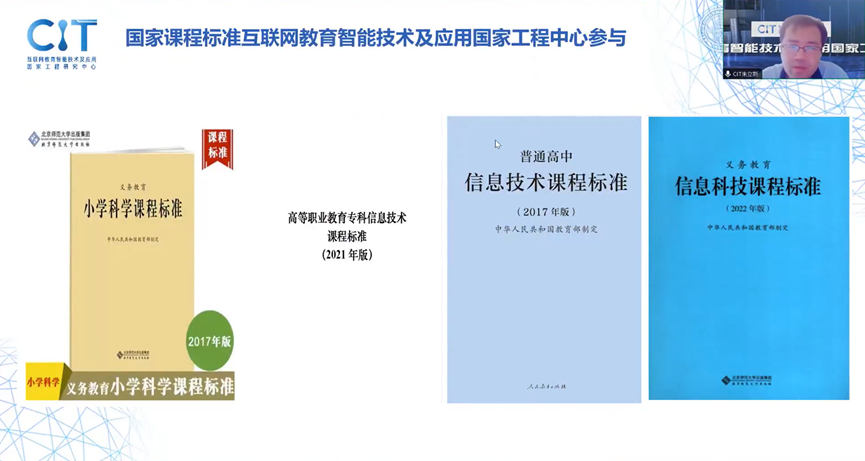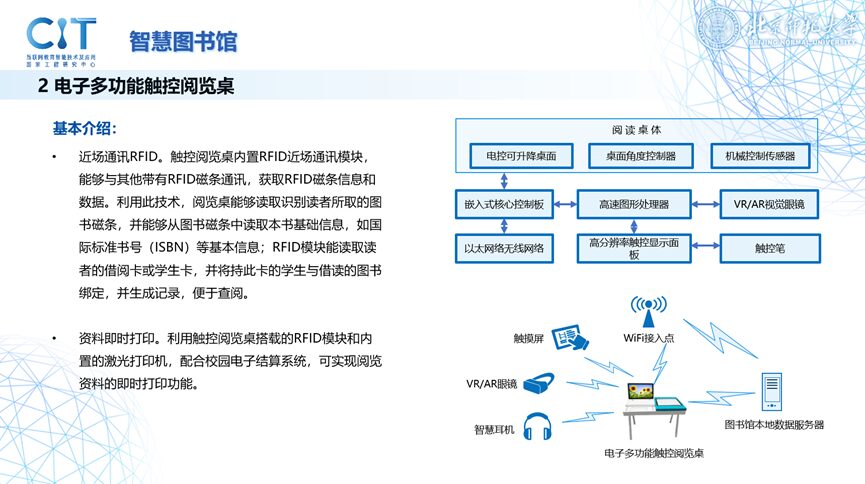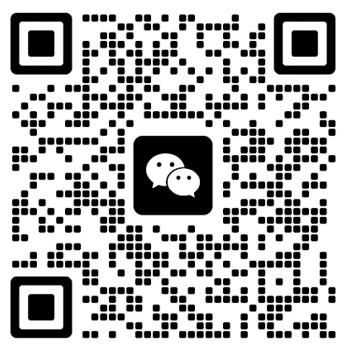On the morning of October 14, Yuan Zhuo Academy invited Senior Engineer Zhu Lixin from the National Engineering Research Center for Intelligent Technology and Applications in Internet Education to share insights on the OpenHarmony open source ecosystem and the application scenarios of smart education equipment.
1
Introduction to the National Engineering Research Center
The National Engineering Research Center for Intelligent Technology and Applications in Internet Education (formerly the National Engineering Laboratory for Intelligent Technology and Applications in Internet Education) was established in 2017 with approval from the National Development and Reform Commission. It is led by Beijing Normal University, in collaboration with Tsinghua University, China Mobile, NetDragon Huayu Education, and iFLYTEK, among others. The main task of the center is to address the issues of uneven distribution of quality educational resources and insufficient personalized learning services in China. It aims to build a research platform for intelligent technology applications in internet education, supporting the development and engineering of technologies related to remote teaching interaction, knowledge modeling and analysis, learner modeling and learning analysis, learning environment design and evaluation, systematic educational governance, and public services for digital resources.

2
Typical Application Scenarios of OpenHarmony Smart Education Equipment
Mr. Zhu introduced the “OpenHarmony Smart Education Equipment Application White Paper” compiled by his team. This white paper was released at the 2023 Global Smart Education Conference, discussing the functions of operating systems and embedded operating systems, detailing the technical architecture and features of the OpenHarmony operating system, and outlining eight categories of application scenarios for OpenHarmony in the field of smart education equipment, including:
· Information Technology Education: Open-source hardware
· Wearable Devices: Smart sports wristbands, smart sensing backpacks, etc.
·Art Education: Smart music systems, smart art systems, etc.
·Smart Sports: Big data table tennis training systems, smart jump ropes, etc.
·Smart Libraries: Smart library intelligent connection systems, electronic multifunctional touch reading tables, etc.
·Smart Laboratories: Smart spring scales, smart globes, etc.
·Smart Classrooms: Smart optical network desks, interactive smart pointers, etc.
·Home-School Co-education: AI smart learning machines, children’s digital reading platforms, etc.
Mr. Zhu provided detailed introductions to over twenty specific practical application cases within these eight categories, including smart globes that can achieve interconnectivity in smart laboratories, recording students’ operational trajectories for teachers to conduct process analysis and evaluation; wearable devices such as smart sports wristbands and armbands that can monitor users’ blood pressure, heart rate, sweat levels, and more; and smart sensing backpacks that help users understand their physical activity status while encompassing various functions, and so on.

Subsequently, when discussing the overall solution for OpenHarmony smart classrooms, Mr. Zhu pointed out that the “intelligence” of traditional smart classrooms focuses on five elements: content presentation, environment management, resource acquisition, timely interaction, and situational awareness. The next generation of smart classrooms, centered on the intelligent internet, supports the development of intelligent perception, interconnectivity, knowledge computing, and smart services. In summary, traditional smart classrooms emphasize improving the basic elements of the educational environment, while the next generation of smart classrooms moves towards a higher level of intelligence, interconnectivity, and personalized learning experiences.
3
Development Suggestions for OpenHarmony Smart Education Equipment
Finally, Mr. Zhu proposed eight development suggestions for the field of OpenHarmony smart education equipment:
1. Popularize intelligent ubiquitous terminals for educational equipment to break through information silos in educational management.
2. Reshape domestically produced self-controllable information technology educational equipment, creating a new open-source ecosystem with Chinese characteristics based on OpenHarmony.
3. Strengthen integrated innovation across end-edge-cloud collaboration to build a new generation of smart campuses.
4. Form a fully connected OMO teaching model oriented towards educational scenarios.
5. Build an APP Store based on OpenHarmony to provide a rich variety of quality educational products.
6. Improve the campus access system for intelligent technology products to promote the healthy development of technology-enabled education.
7. Establish demonstration points for OpenHarmony to explore educational application models.
8. Establish standards for education-specific operating systems to build a community for educational software applications.
Q&A Session
Q
What targeted products does Huawei have for information technology education in primary and secondary schools?
A
Currently, I understand that Huawei has not launched any specially customized products for information technology education in primary and secondary schools. At this stage, the main focus is on integrating existing devices into smart classrooms, such as using smart education tablets, including Seewo whiteboards and Honghe tablets, as part of smart education applications and migration. The information technology terminal devices I am aware of are mainly developed by suppliers, and these terminal devices are general-purpose and have not been deeply integrated into the smart education field or expanded in the market.
Q
Based on successful cases of open-source ecosystem projects like Raspberry Pi and Arduino, what lessons can be learned, and what key points should be particularly focused on for open-source projects like OpenHarmony to achieve success?
A
In the open-source ecosystem of information technology education, the basic operating systems to top-level applications are mainly developed in Europe and the United States. For example, the Arduino series projects include a variety of experiments and cases, all based on an integrated development environment (IDE) that revolves around the Linux operating system or a customizable environment like Arduino. However, for open-source projects like OpenHarmony, I believe it still needs some time. For the open-source ecosystem in information technology education, from the underlying operating system to top-level applications, and to the integrated development environment (IDE), including adaptations for tools like Scratch or MIMIQI, as well as various application cases, it is necessary to form a complete application chain. This process requires time to adapt and, of course, the active participation of information technology teachers to work together to build this ecosystem, ultimately forming a Chinese open-source chip and operating system, establishing a domestically controlled open-source closed-loop system.
To access the video replay of this course, please click on the link at the end of the article: Read the original text or visit the link:
https://yuanzhuo.bnu.edu.cn/course/202
Previous sessions of Yuan Zhuo Academy can be found at:
https://yuanzhuo.bnu.edu.cn/course/explore/xuetang
Since January 2022, Yuan Zhuo has been continuously carrying out community activities under the “Yuan Zhuo Academy” initiative, encouraging young people to use artificial intelligence to create original and innovative algorithms to solve real problems, building a collaborative mechanism among universities, primary and secondary schools, and technology enterprises, soliciting youth artificial intelligence projects for cultivation, and providing comprehensive support such as algorithms, computing power, datasets, knowledge, and experience to promote the development of youth artificial intelligence education, showcasing outstanding achievements internationally, and helping China become a major global center for artificial intelligence innovation.
Yuan Zhuo Program Official Website
https://yuanzhuo.bnu.edu.cn/
“

”
Scan to Join Yuan Zhuo Program Community Group
Participate in Community Communication